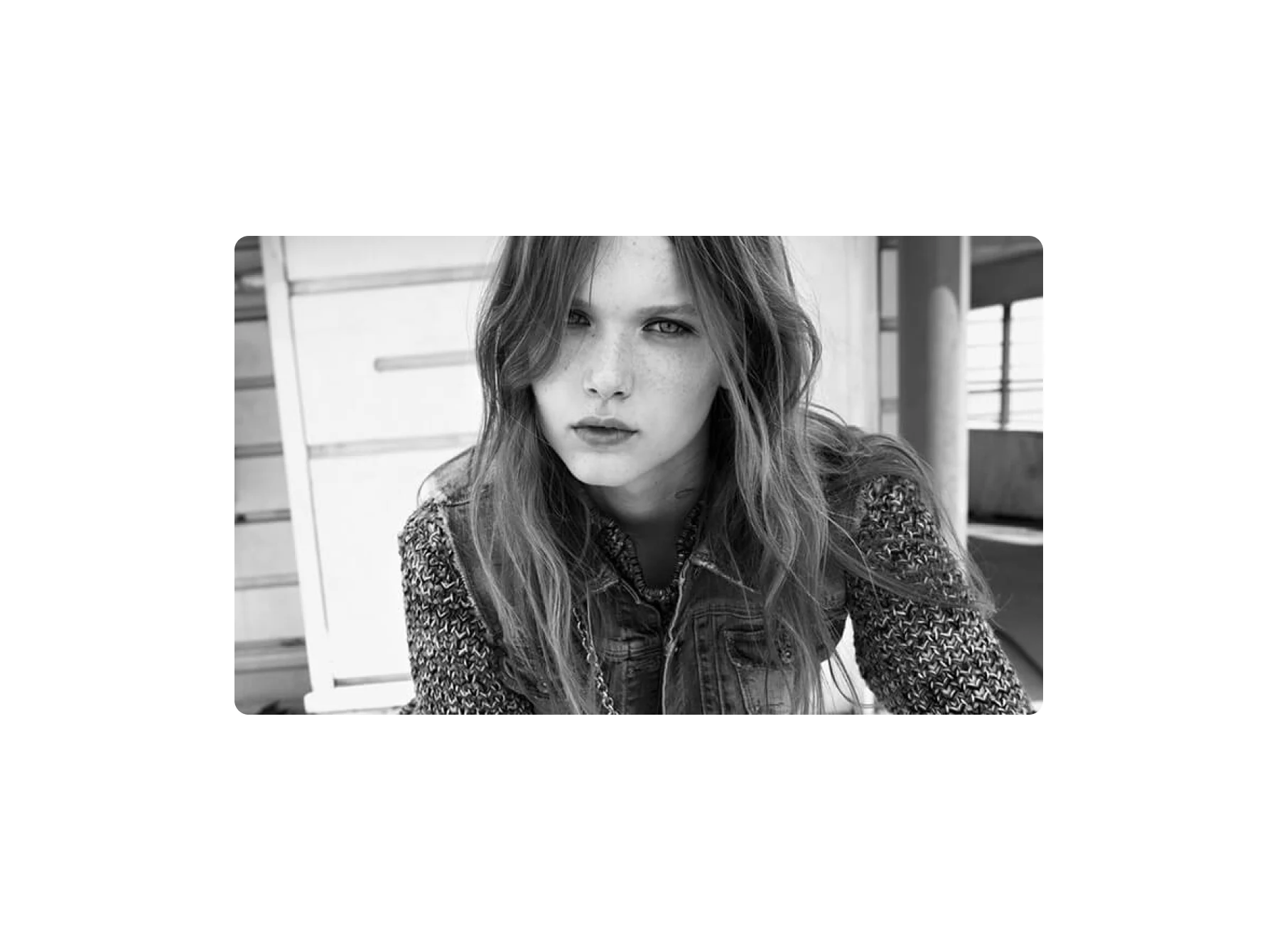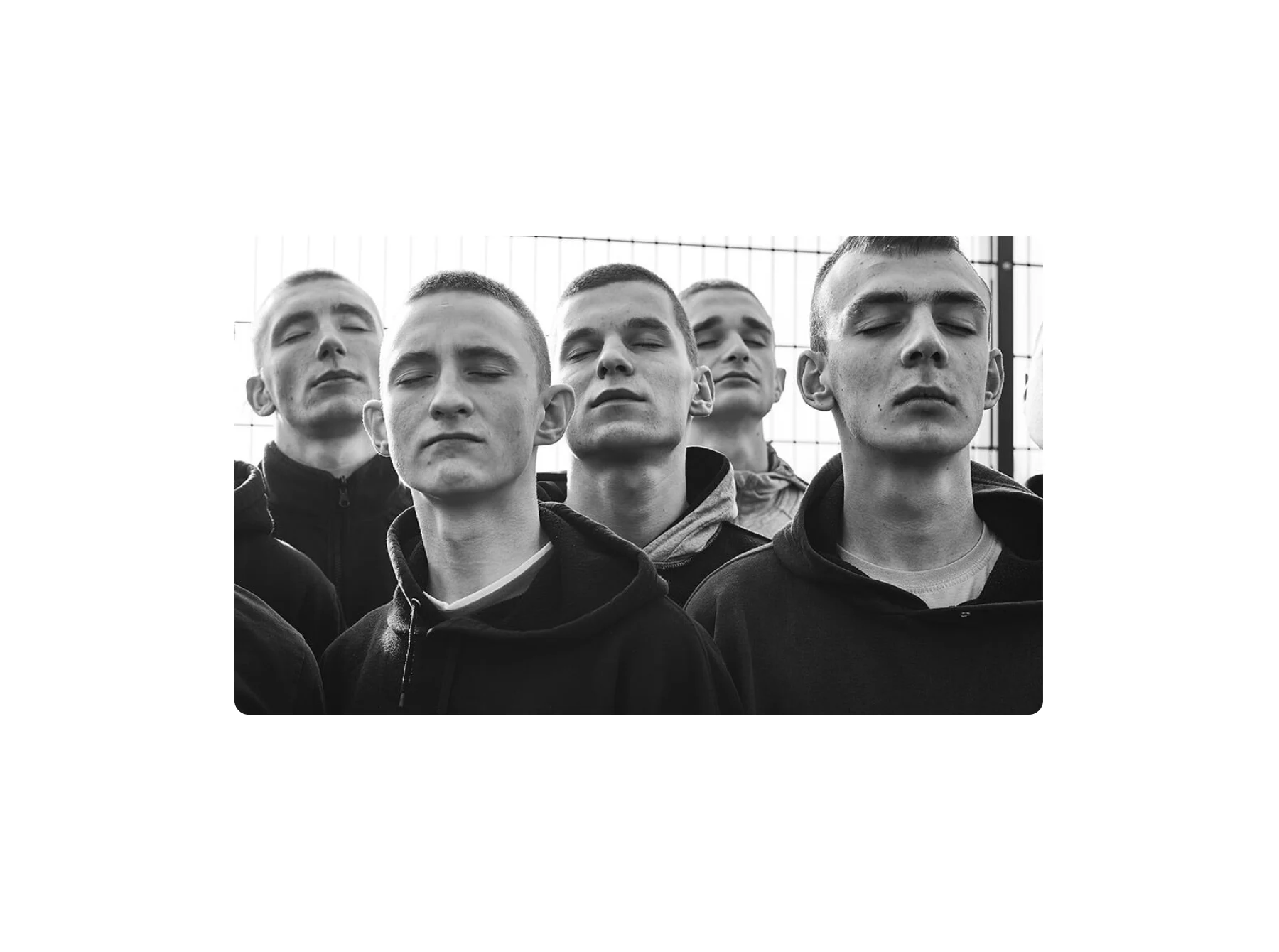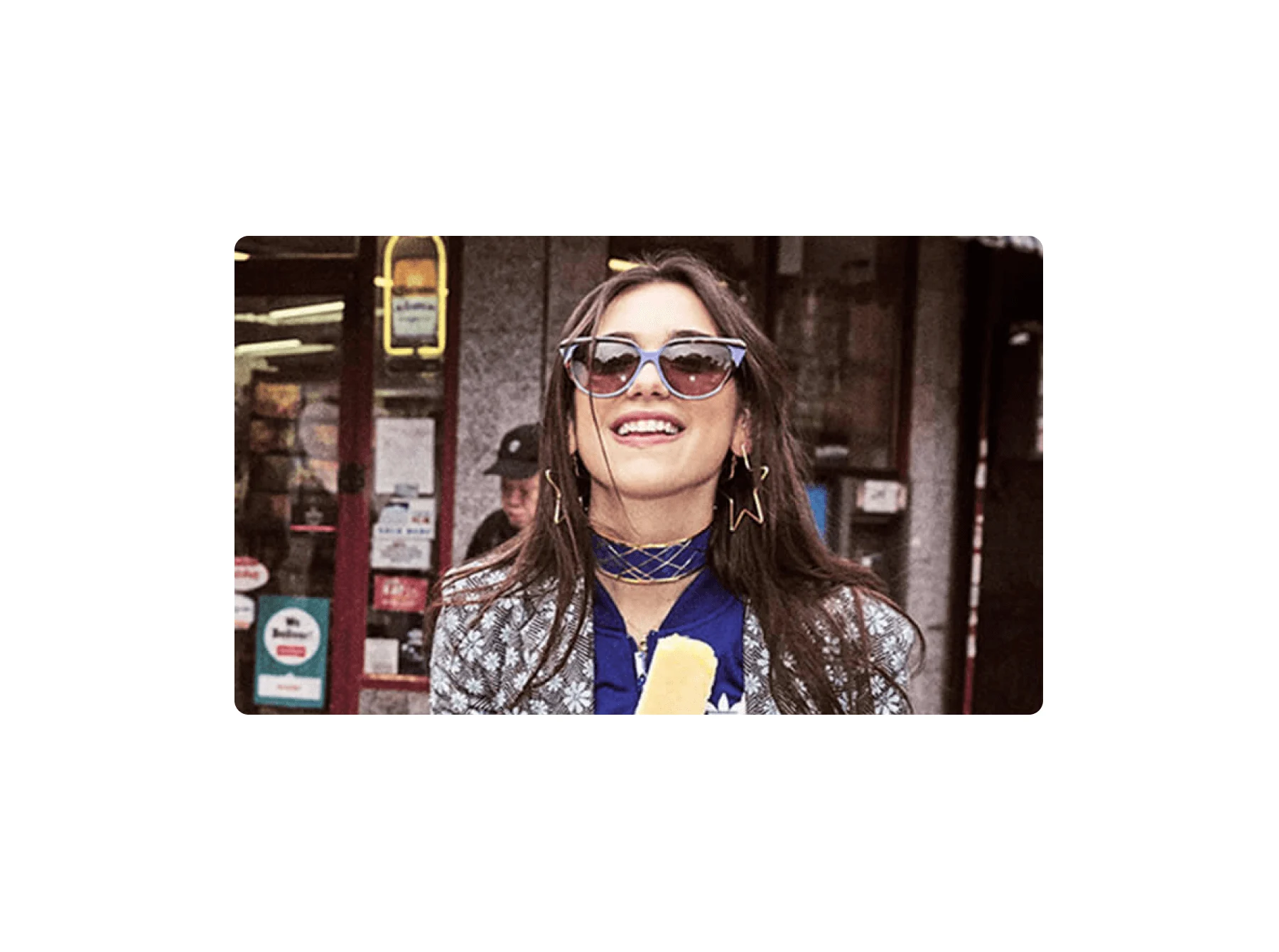
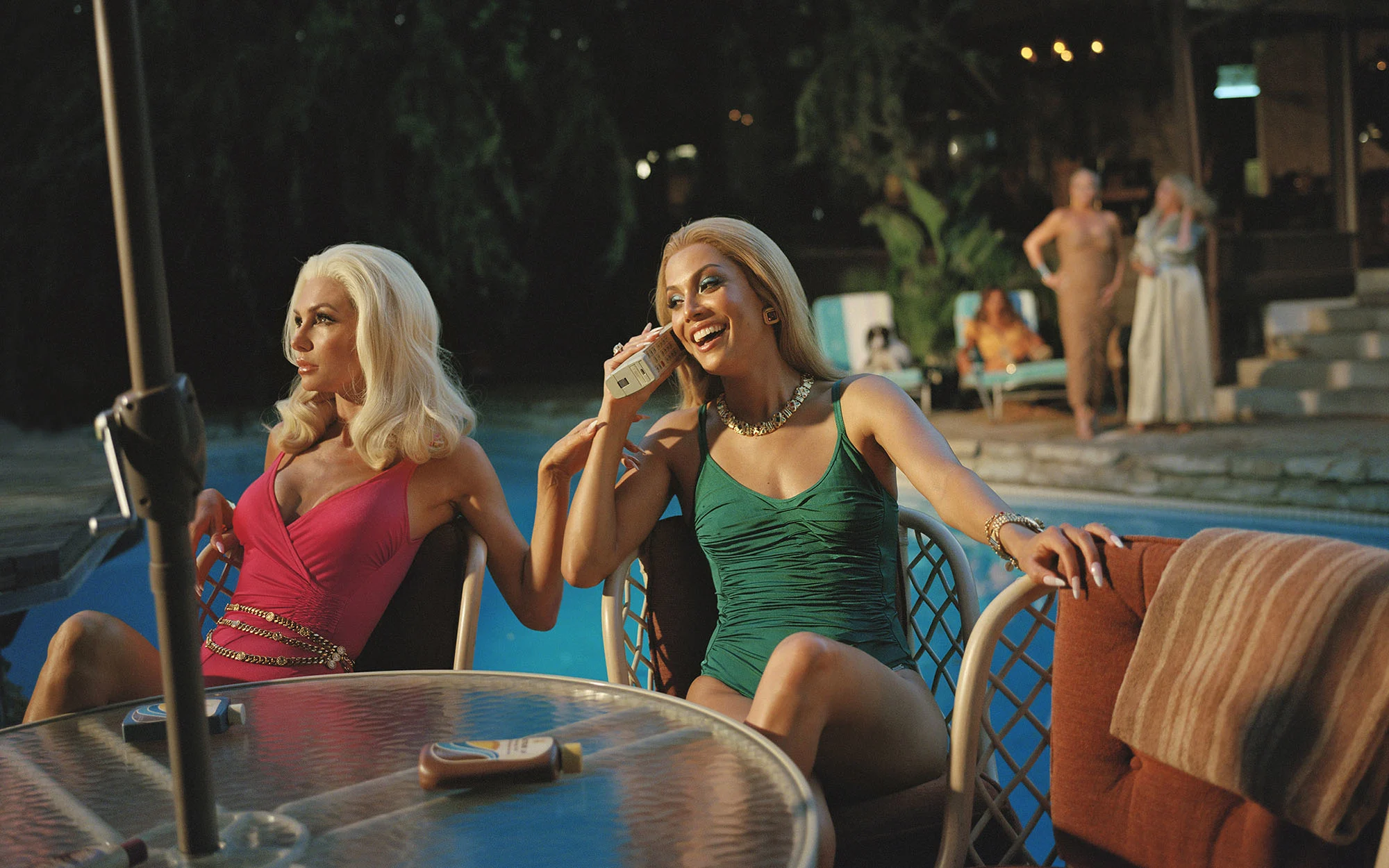
We asked Rankin to choose five up-and-coming photographers whose work excites and inspires him, whose talents he wants to share with the world and whose names we’ll all soon know. See the full selection here.
Nadia Lee Cohen is a super-talented young British photographer now based in the US. Having graduated with an MA in Fashion Photography, she has already blazed a trail in the creative world, winning the prestigious Taylor Wessing Portrait Prize and having her work shown at London’s National Portrait Gallery.
Rankin says: “Nadia is one of the most visually distinctive young photographers working today. A regular contributor to Hunger Magazine, she has this hyper-real style – it’s no-holds-barred, larger than life imagery.”
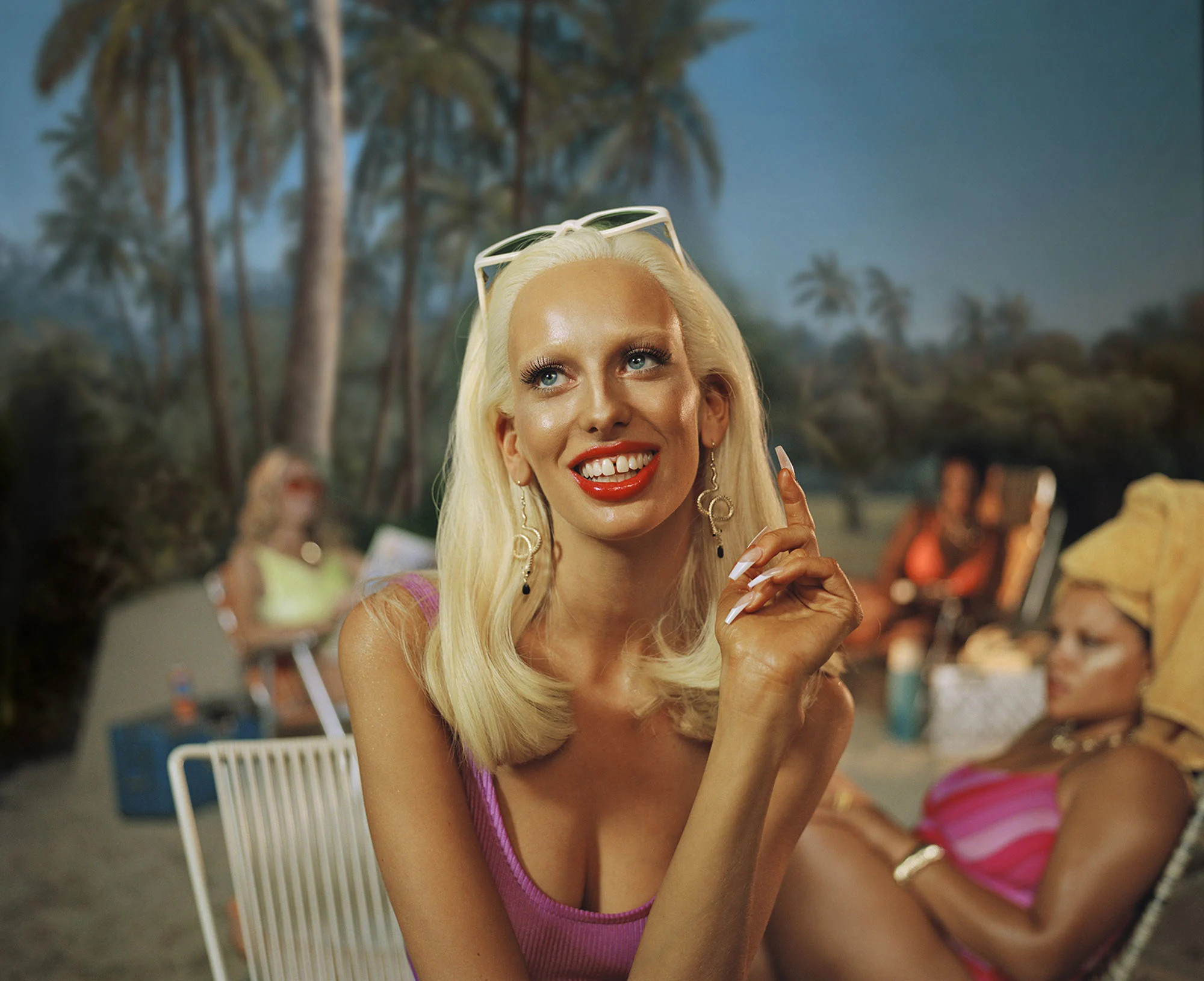
What’s the job or project you’ve done that you think changed who you are as a photographer?
That’s a tough one because I feel my work evolves with every shoot. Perhaps a significant change is when I started my 100 Naked Women series; I had felt uninspired for a few months before I had the idea to start the project and ever since I’ve had a constant drive to get it finished, so haven’t had that weird “lack of inspiration” feeling for almost two years.
How do you ensure you remain consistent with your style of photography when taking on commissions?
Normally a commission will come from someone who likes my work and already knows what to expect from it. Occasionally I will get asked to tone it down, and of course I have to respect that each client is different. I love working with someone that trusts me to run wild with something though – I know I make the best work when I have creative freedom.
What’s the relationship between your personal and commercial work?
My commercial work tends to fund my personal work – however I’m still very passionate about my commercial work and haven’t yet worked on something commercial that I’m not proud of.
Best piece of advice you’ve been given as an emerging photographer?
Be resourceful and don’t spend thousands of pounds on fancy equipment. I really believe it doesn’t make you a better photographer; it’s the ideas and having the confidence to just get on and do it that improves you.
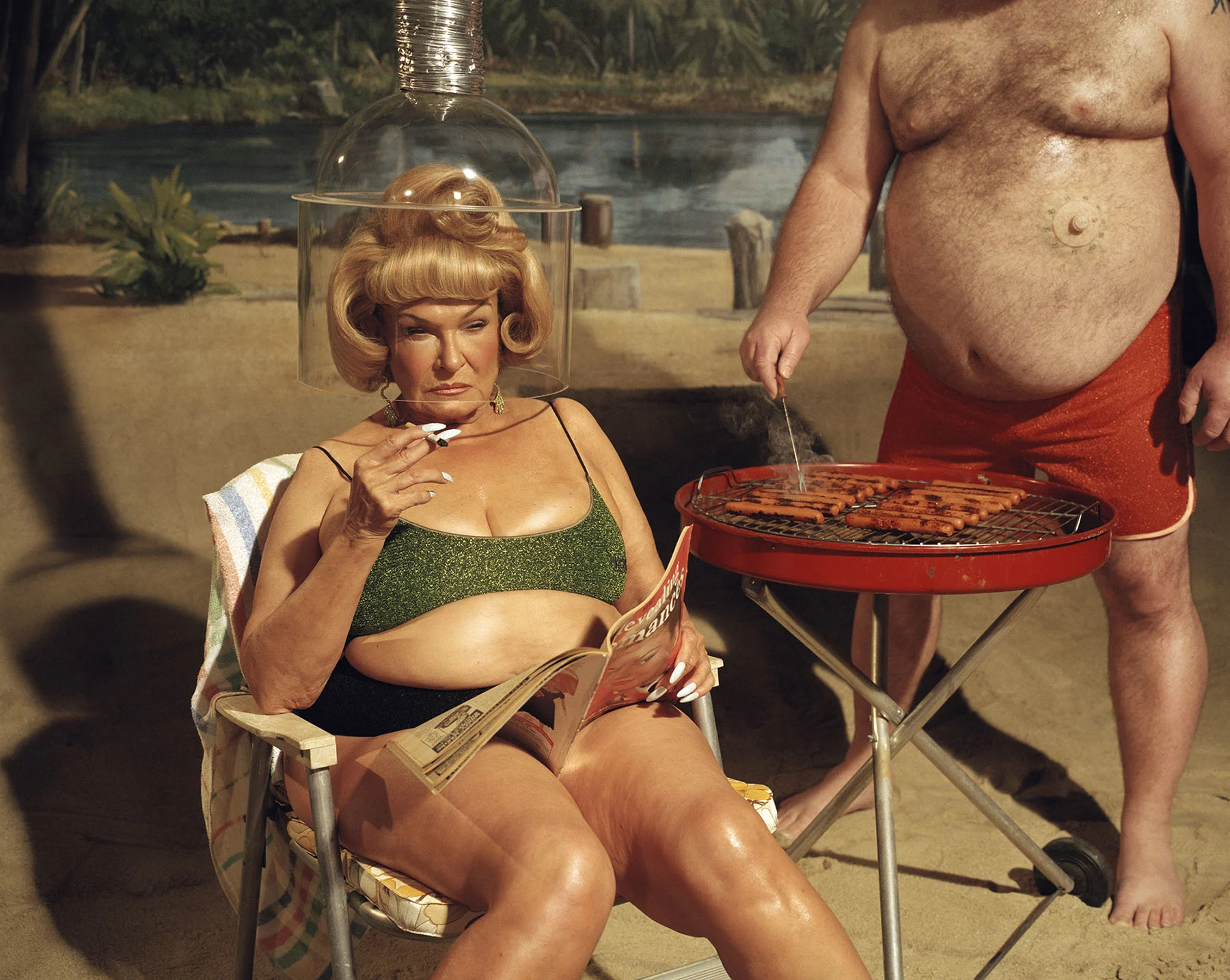
Who or what had the biggest impact on you becoming a photographer?
I went to the London College of Fashion so I was surrounded by narrative imagery from magazines, but I wasn’t so keen on the sometimes “throwaway” element of fashion editorials. I found the work of Martin Parr, Philip Lorca Dicorcia, Cindy Sherman, and William Eggleston in the college library.
Their narrative style was reminiscent of fashion photography, but each image had such standalone worth and power. This set the tone for the work I endeavour to make now.
What do you most hope viewers take away from your photographs?
Escapism? Strangeness? Humor? Offence? Whether it’s positive or negative, I would rather they felt something than nothing at all.
If you wanted to show an alien how powerful photography can be, what would you show them?
Instagram, and then Lee Miller’s war photography.
You evolve your shoots so well through hair, make-up and other elements, but how does that evolution happen?
It’s an unconscious process really. I am just very drawn to anything melodramatic in terms of styling, hair and make-up and tend to surround myself with a team that shares these same passions.
Through Instagram you also have a big online presence – how do you think this helps you as a photographer or even as a person?
Instagram gives others an insight into my personality without having to meet them. I see it as a modern development of self portraiture. I think about and live my work everyday, and Instagram has been a great platform for me to be able to share these small elements.



